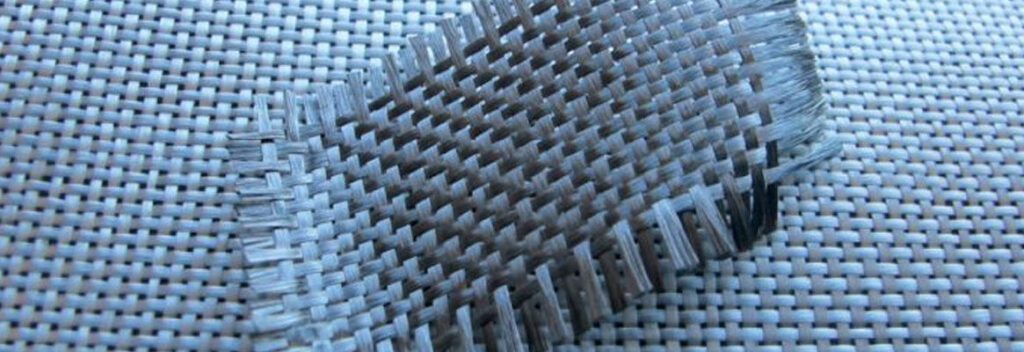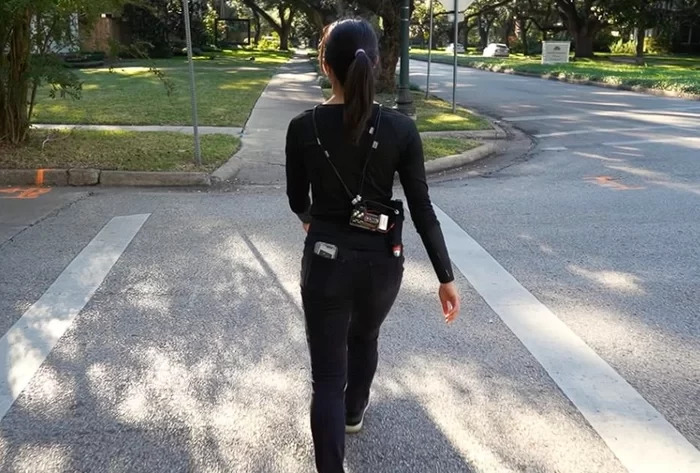In the not-too-distant future, we may find ourselves walking the streets of an unfamiliar city without navigation, feeling our coat “whisper” directions to us through gentle air pressures on your body.
No sounds and images: a group of visionaries from Rice University are betting on the power of tatto, a sense that we have so far overlooked.
The team, led by Barclay Jumet, a brilliant doctoral student in mechanical engineering, has developed a revolutionary fabric that uses air to provide tactile guidance and feedback.
The magic behind the fabric
Technology has made great strides in the last decade, overstimulating our vision and hearing. Barclay Jumet and his team noticed this gap and asked: “What if we could communicate through touch in an innovative way?”.
The answer to this question led to the creation of a fabric-based “wearable navigator” that uses air to provide directions and haptic feedback.

Less hardware, more intuition
Existing wearable devices that have incorporated haptic technology often require bulky external hardware to deliver complex signals. This has limited their use in daily life.
Never Rice Labs di Daniel Preston e Marcia O'Malley they found an ingenious solution. They programmed haptic signals into the textile structure of the garments using fluidic control, significantly reducing the need for external hardware.
That approach led to the creation of a smart fabric that uses air to provide directions and pneumatic haptic feedback, a concept they call “hot spots.”
Beyond the navigator
Of course, it's not just about finding your way in an unfamiliar city. This technology has the potential to help over a billion people with vision or hearing loss by providing a third sense of communication through touch.
And for others, it could enrich various entertainment sectors such as games, music, films and virtual or augmented reality by incorporating haptic touch.
“Wearable navigator”, field tests
The system has been tested in the laboratory with a precision by almost 90% for all participants. But the real test took place on the streets of Houston, where a user managed to navigate for over a kilometer on foot and on a scooter, "guided" by his suit.
And now? The development of this smart fabric that uses air to provide directions and pneumatic haptic feedback represents a significant step in the field of wearable technology.
The textile approach to creating wearables allows for rapid fabrication and prototyping, accelerating the realization of ideas.
Not only will it offer a new way to communicate, but it also opens up a world of possibilities for enhancing our sensory experiences.


